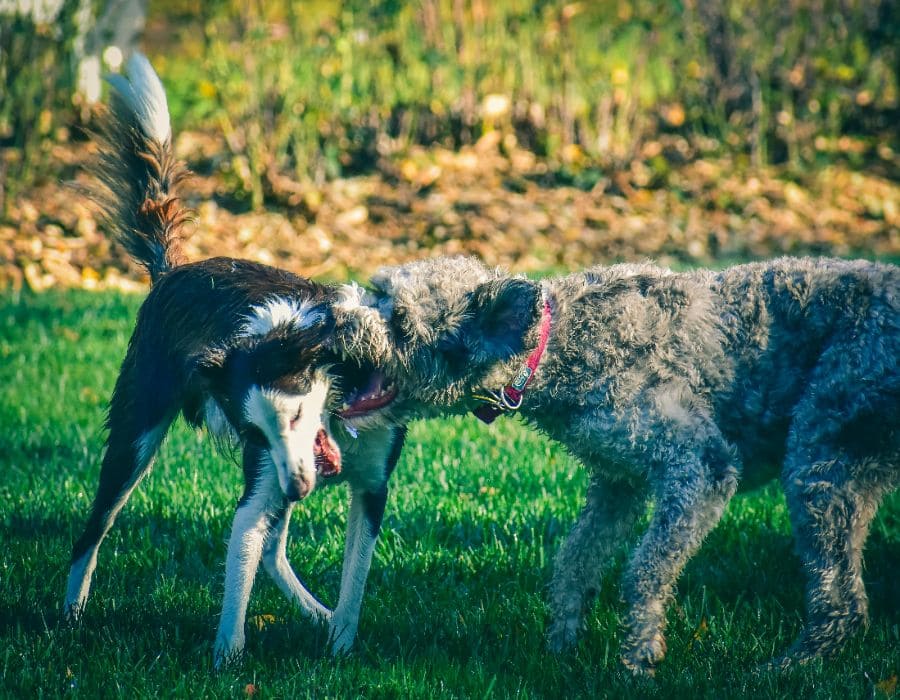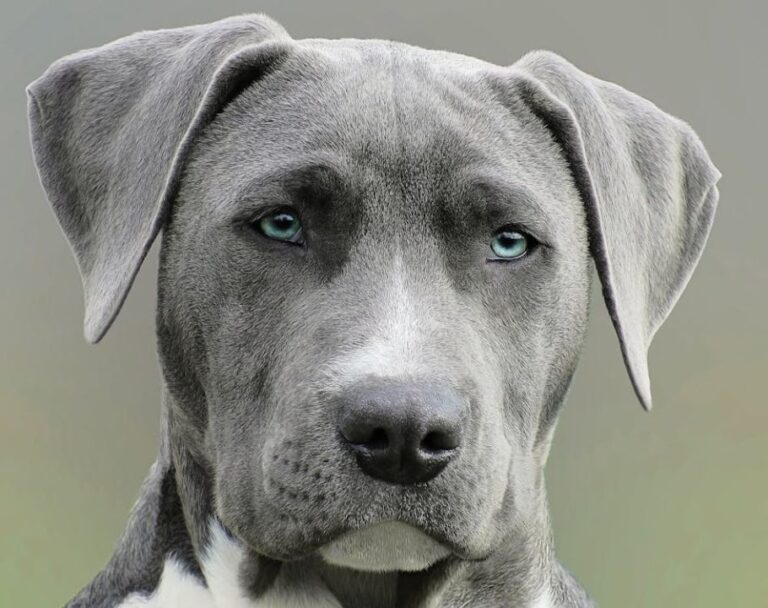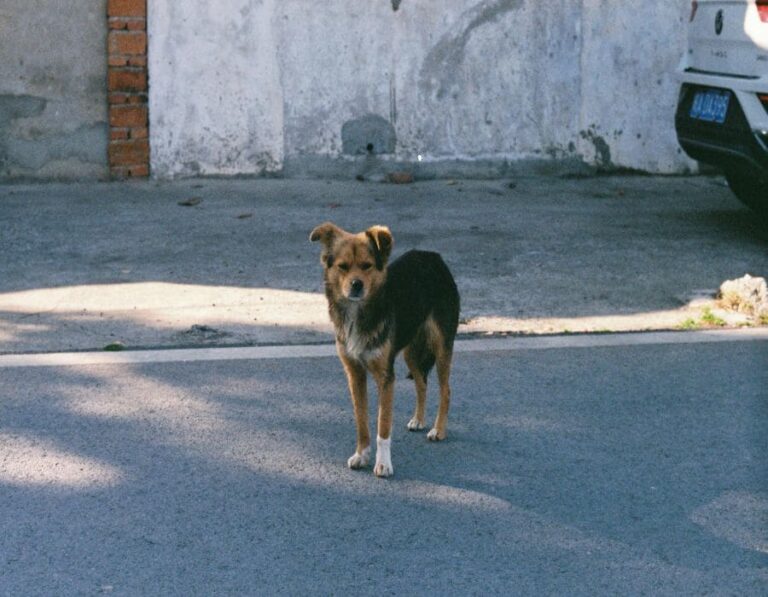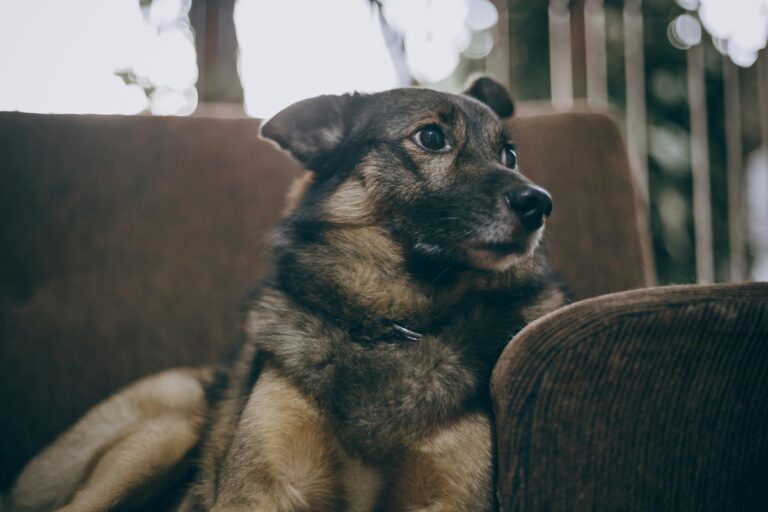11 Silent Warning Signs Your Dog Is Getting Aggressive
Our canine friends have a sophisticated way of expressing their discomfort to us before resorting to aggression or violence. However, most pet owners are too busy on their phones on the walk to notice the subtle sigals that your pooch is sending you when they are in distress.
Recognising these subtle signs early on can help you train your four-legged freind in coping with stressful situation without resorting to barking or biting. Here are the ten early signs, when understood properly, can help you save yourself, your furry friend or strangers from potentially dangerous accidents.
The Hard Stare
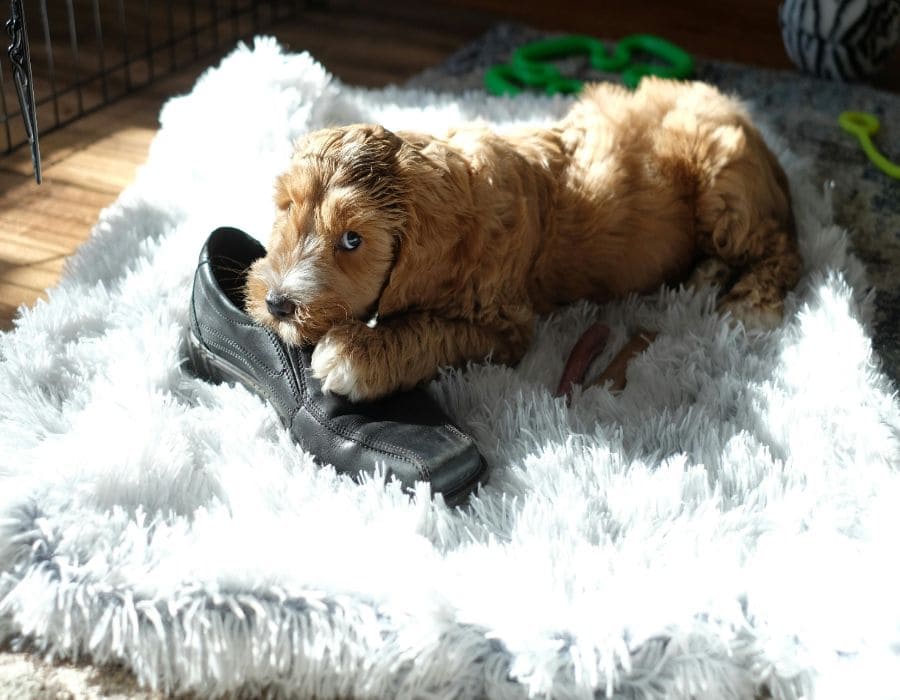
Nothing quite matches the intensity of a dog’s hard stare. Behaviorists often call it “whale eye,” though that hardly captures the unsettling nature of this warning sign. The dog’s gaze becomes unnaturally fixed, pupils often dilating while the whites of their eyes become more visible. It’s worlds apart from the soft, engaging eye contact of normal interaction—this stare means business.
The Freeze
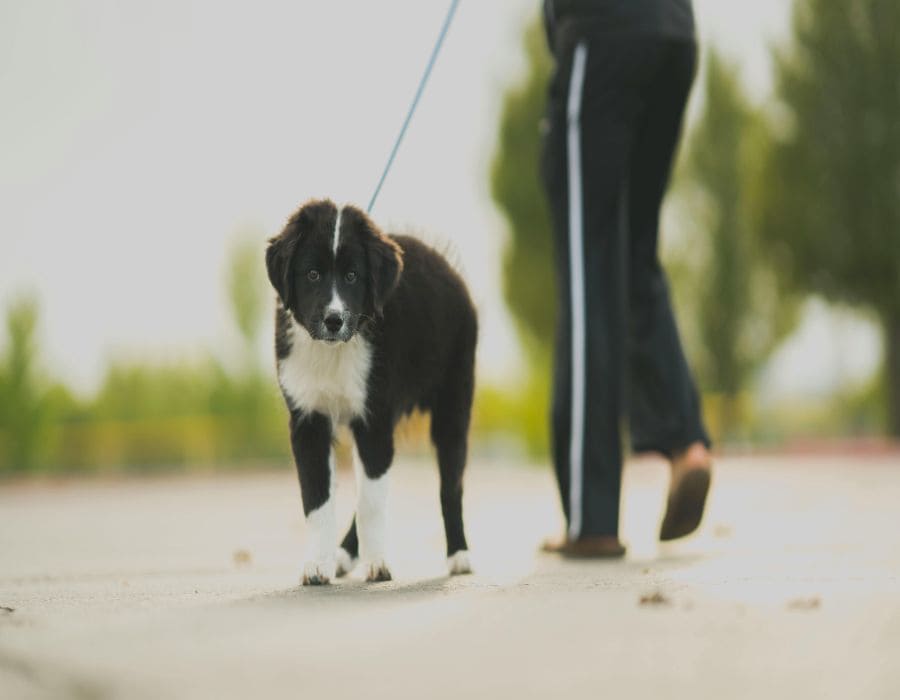
Sometimes the most telling signal is complete stillness. A dog that suddenly stops all movement, like someone hit a pause button, is sending a clear message. This freeze response might last mere seconds, but it’s a crucial moment where the dog evaluates perceived threats. Most concerning? When it happens during what seemed like perfectly normal play.
Body Tension
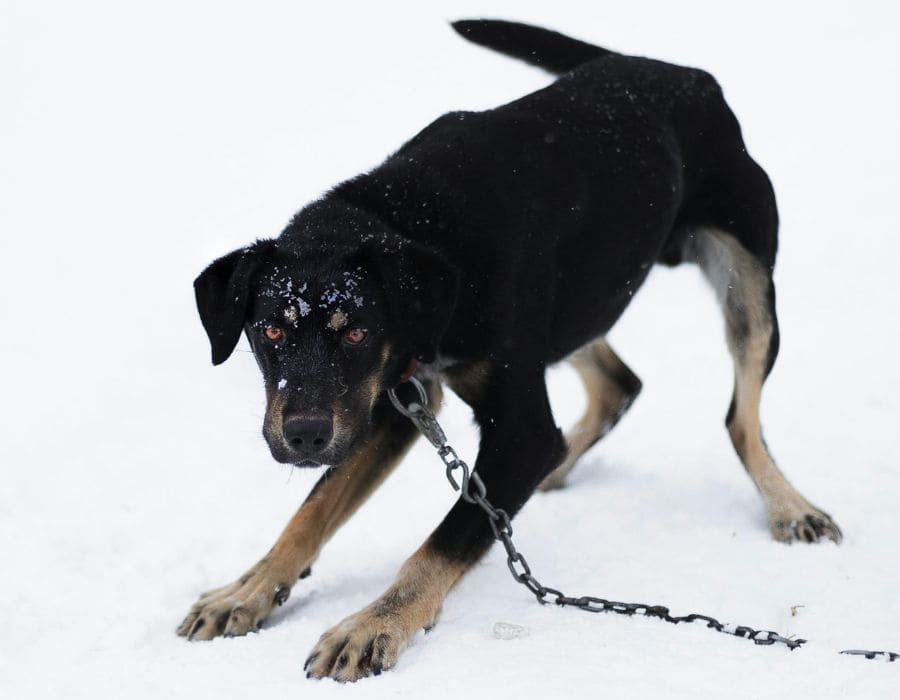
Before any obvious aggressive display, a dog’s muscles begin to tighten. The change can be frustratingly subtle—a slight stiffening around the shoulders, maybe a shift in weight toward the front legs. These micro-changes in posture speak volumes about a dog’s mounting stress levels.
Out-of-Context Lip Licking
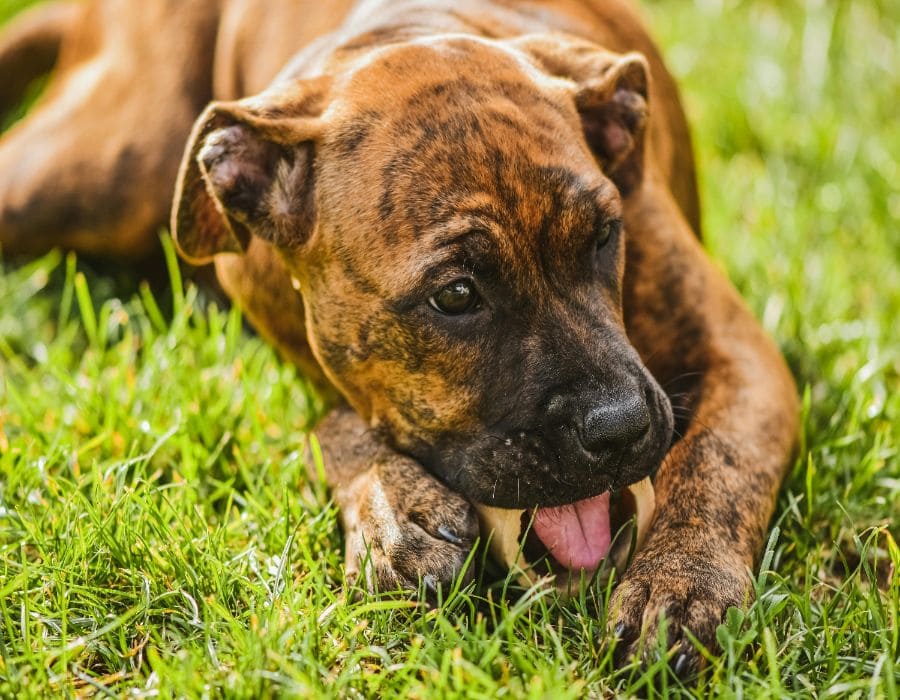
Dogs lick their lips around food—that’s normal. But random lip licking when there’s no meal in sight? That’s different. These quick tongue flicks serve as stress signals, essentially a dog’s attempt to say “I’m not comfortable” before things escalate.
Strategic Hackle Raising
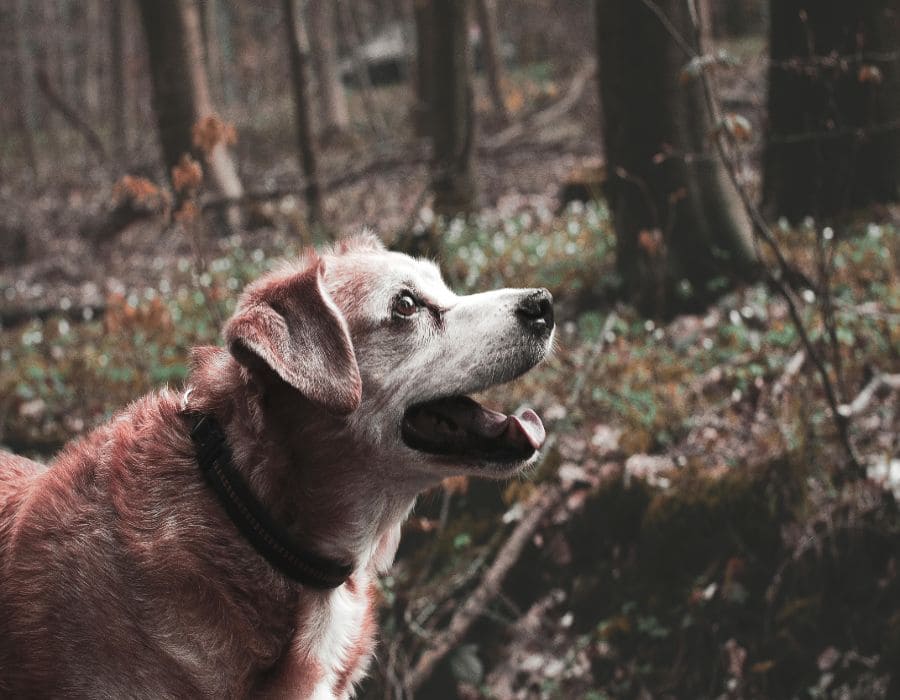
Raised hackles don’t always spell trouble, but location matters. When those bristling hairs appear just between the shoulders or right at the tail base—rather than running the whole spine—trouble might be brewing. It’s like a warning flag being raised in specific spots.
Ear Position Shifts
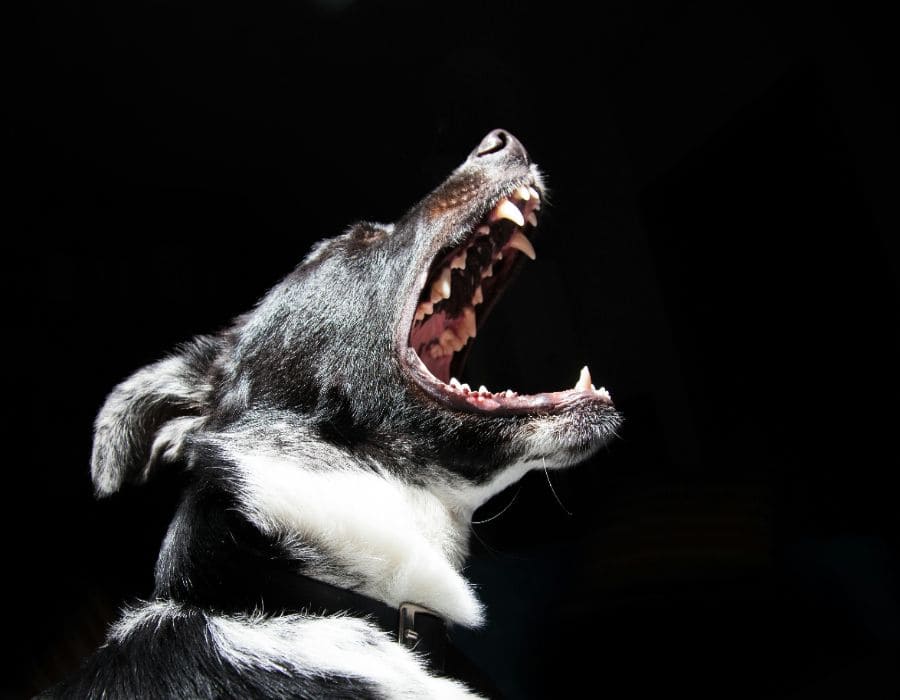
Even floppy-eared breeds telegraph tension through their ears. The base might tighten, the position might shift ever so slightly. These changes happen fast and often go unnoticed until it’s too late. Paying attention to these subtle ear movements can prevent nasty surprises.
The Tell-Tale Tail
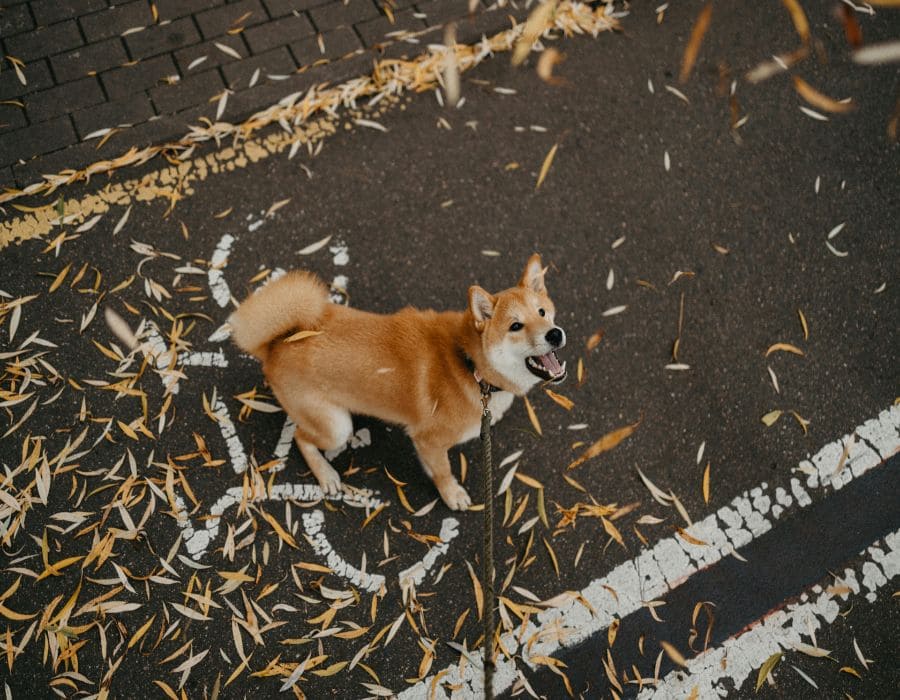
A wagging tail doesn’t automatically mean a happy dog. Watch for tails held straight out, especially those making short, sharp wags. This differs dramatically from the loose, sweeping motion of a genuinely happy greeting. The devil’s in the details with tail positions.
Sudden Eye Contact Avoidance
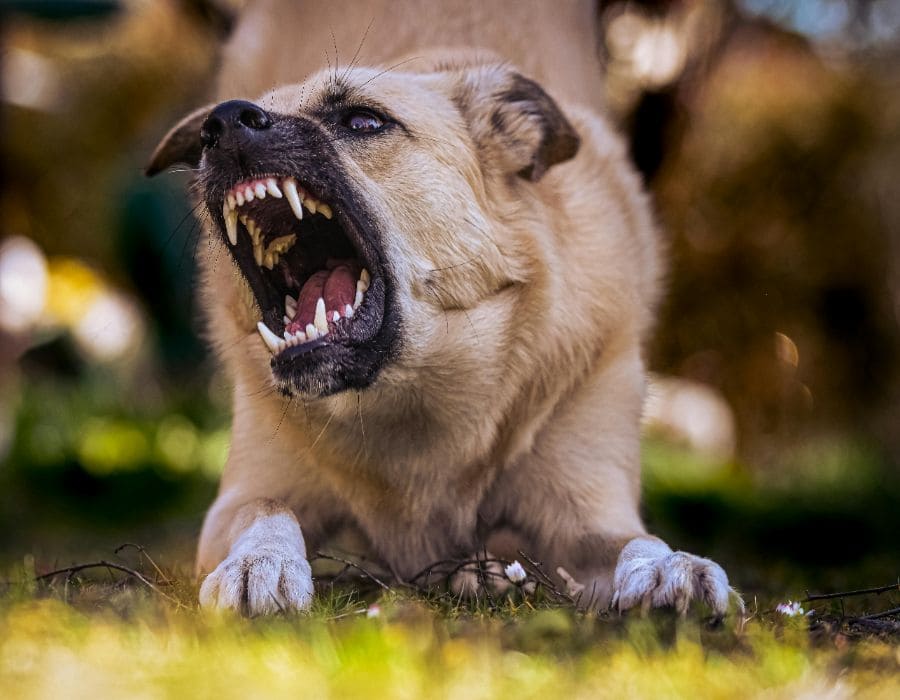
Here’s an interesting flip side to the hard stare—some dogs signal stress by suddenly avoiding eye contact altogether. This avoidance, especially in dogs that normally maintain good eye contact, can indicate serious discomfort. Sometimes they’ll alternate between avoiding and staring, creating a confusing mixed message.
Breathing Changes
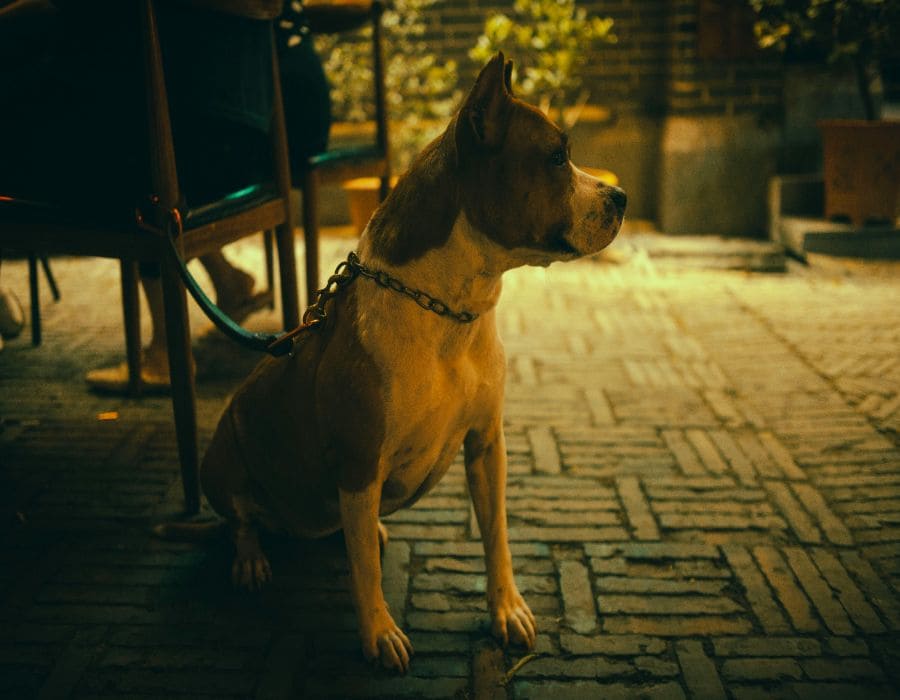
Listen closely. Short, shallow breaths or unexpected panting when a dog hasn’t been exercising might signal rising tension. These respiratory shifts often accompany other warning signs but frequently get overlooked in the moment.
Displacement Behaviors
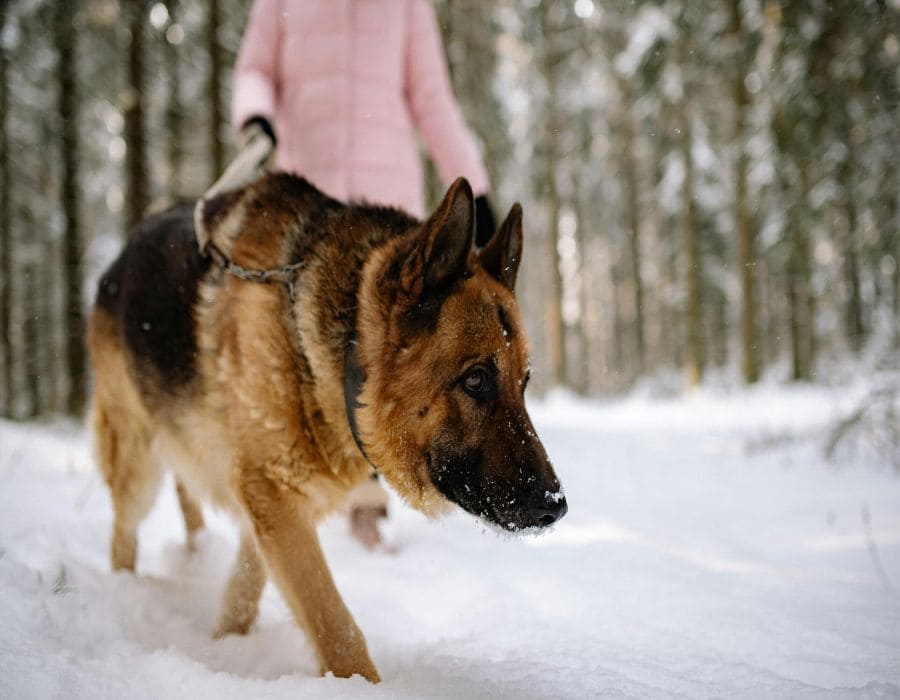
Just like humans, sometimes dogs also cope with stressful situations by engaging in seemingly random actions that do not make sense. In the last ditch effort to handle the mounting pressure, they might start sniffing, scratching or yawning during tense moments.
Mouth Tension

Before any growl emerges, subtle changes appear around a dog’s mouth. The corners might tighten almost imperceptibly. The jaw might clench just slightly. These minute facial shifts often precede more obvious displays of aggression.
Conclusion
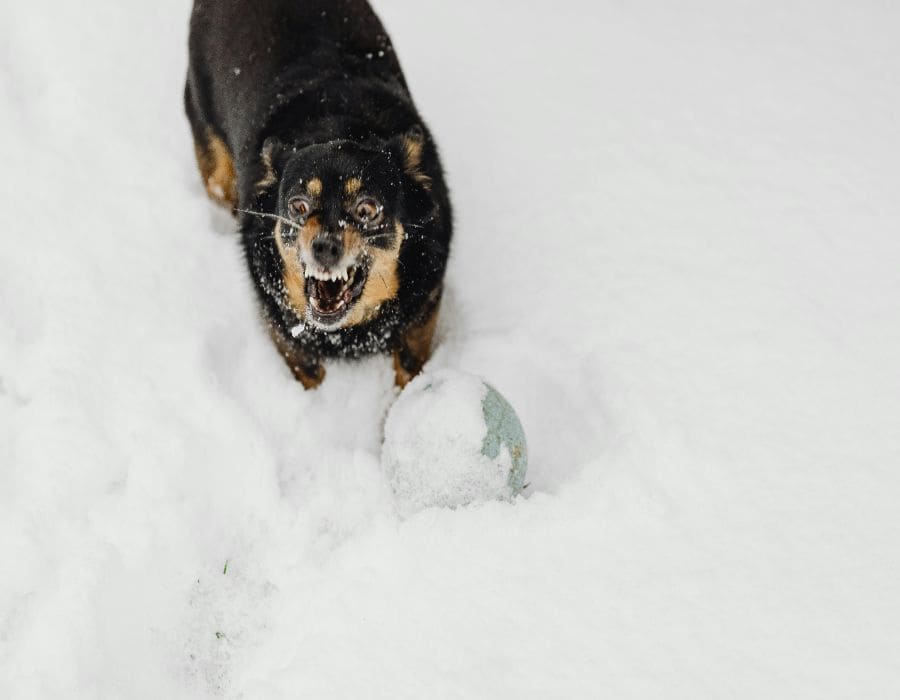
Understanding these warning signs that your four-legged friend sends you is part of being a responsible owner. Recognising these signs early on can help you maintain a safe environment for your furry friend and yourself and in ensuring that your pooch feels safe enough to showcase their discomfort without nipping, barking, or biting someone.

